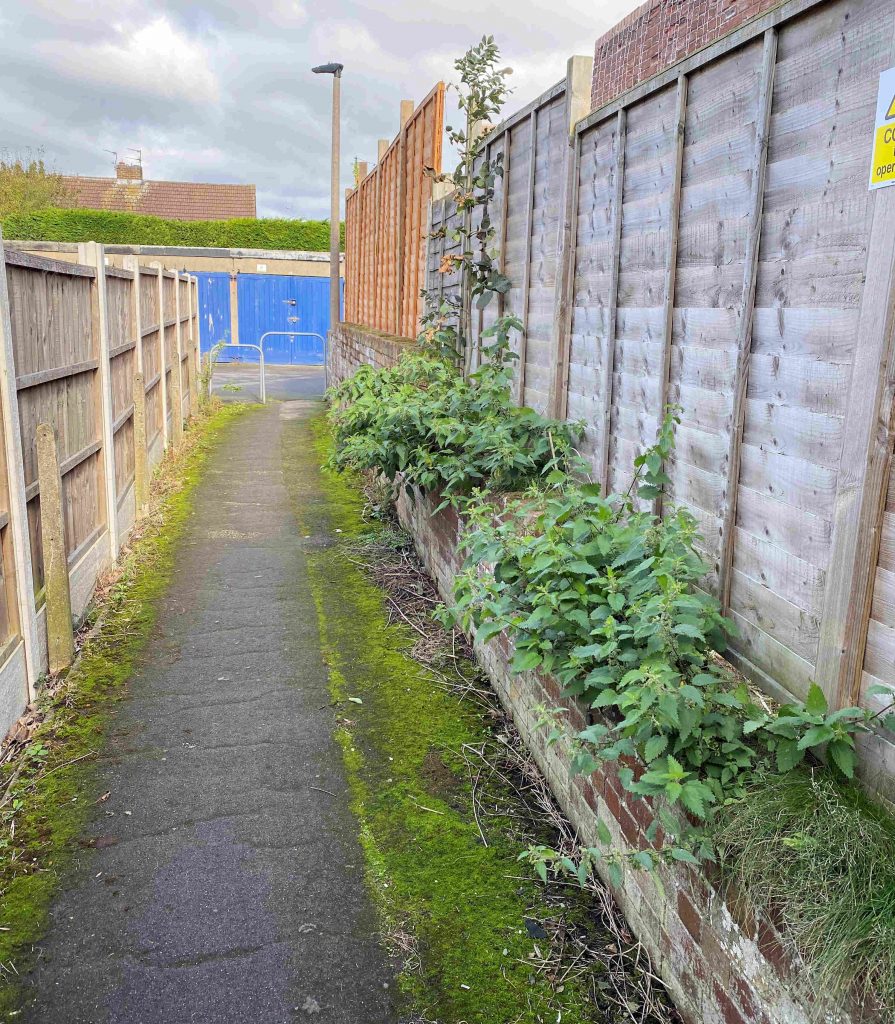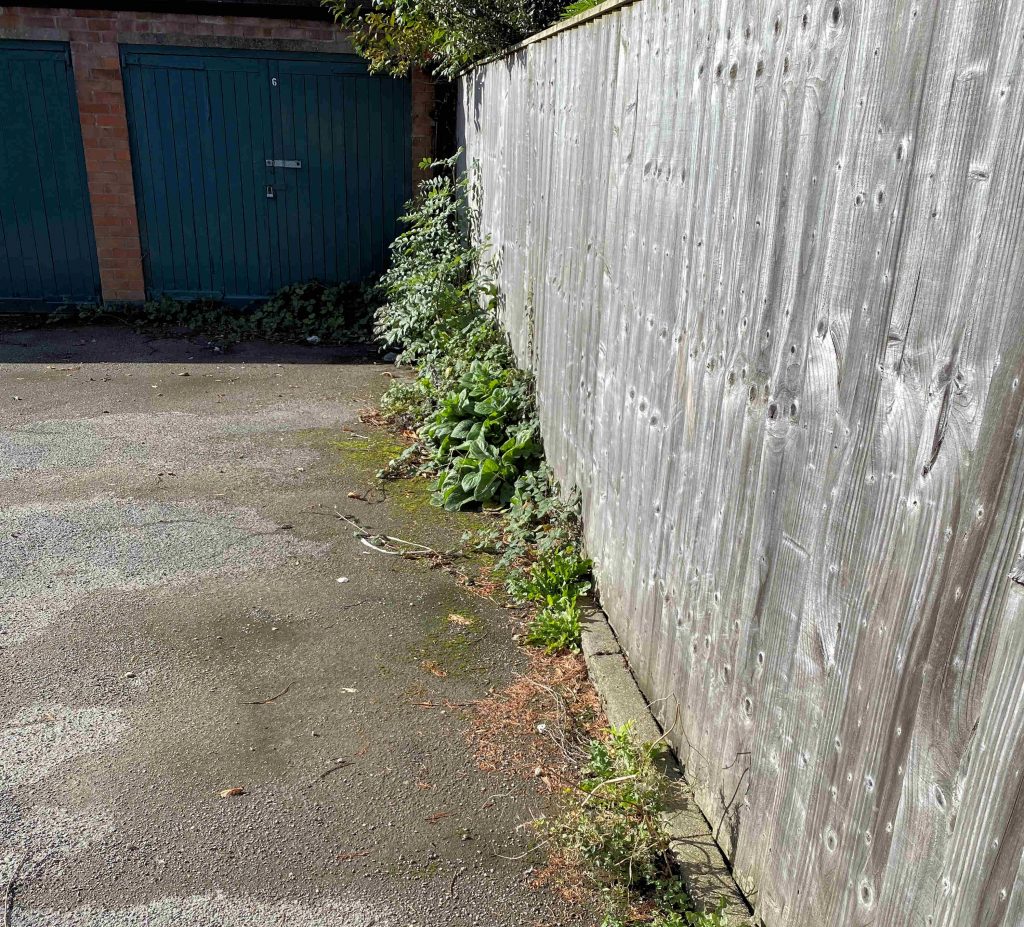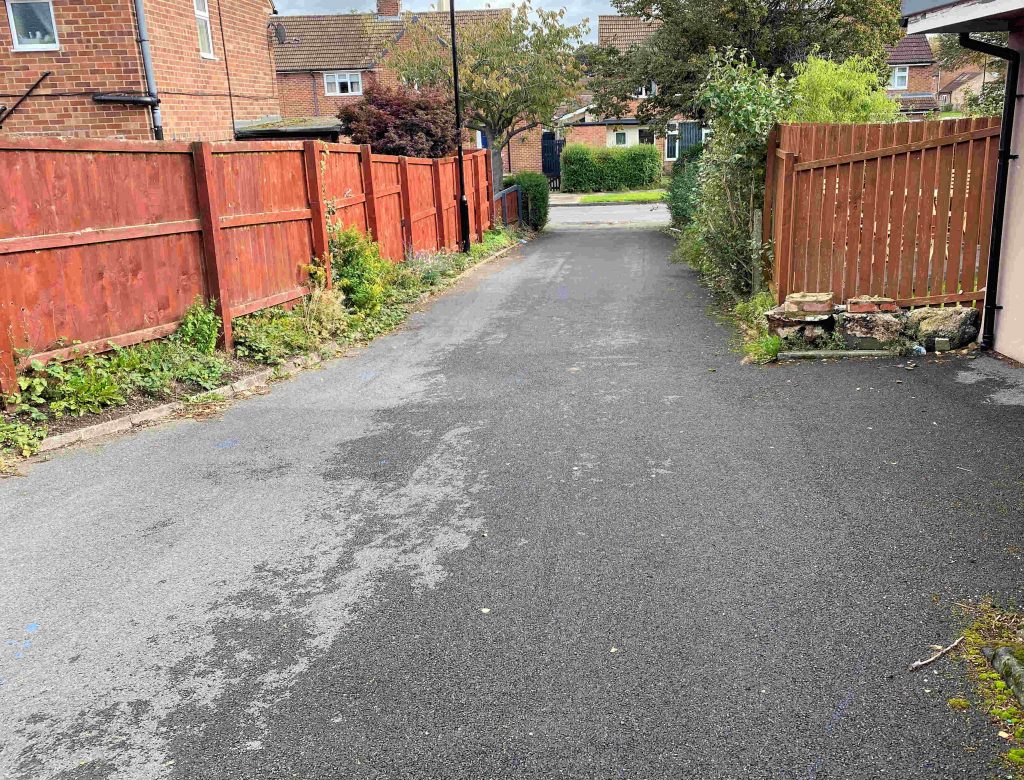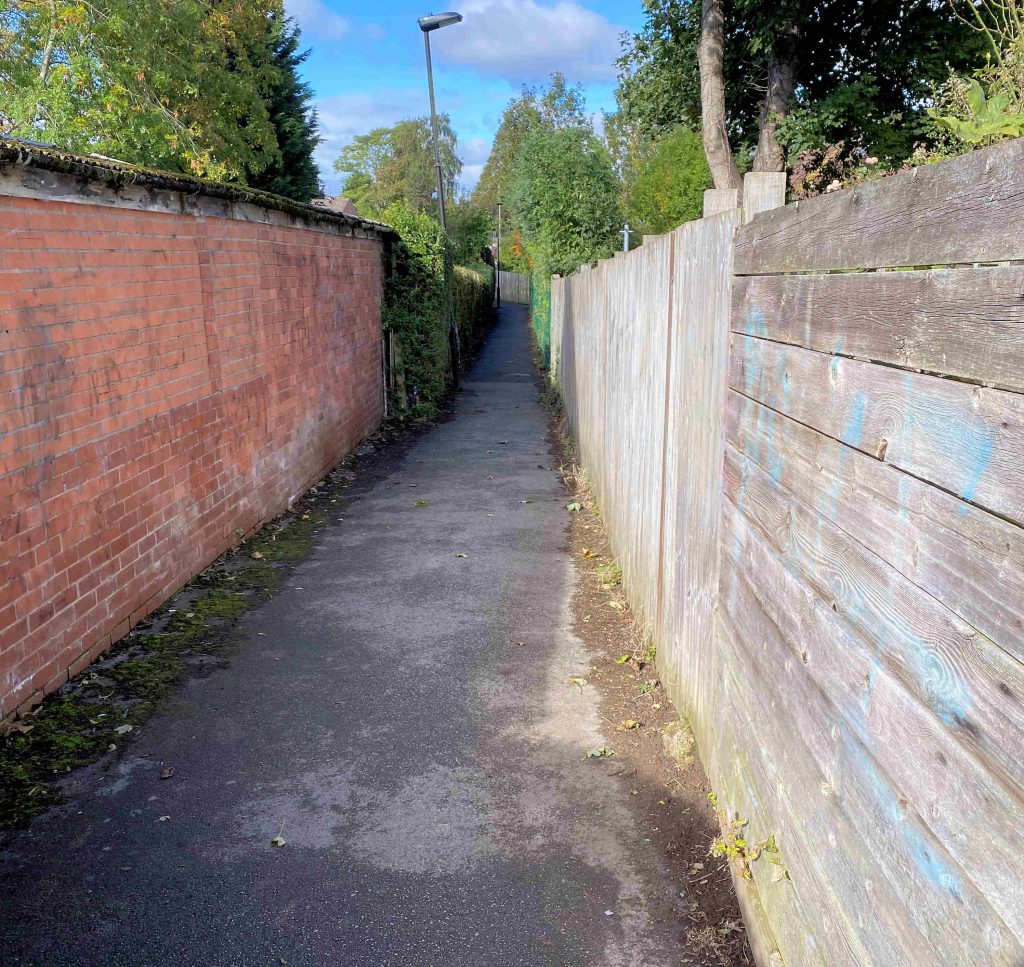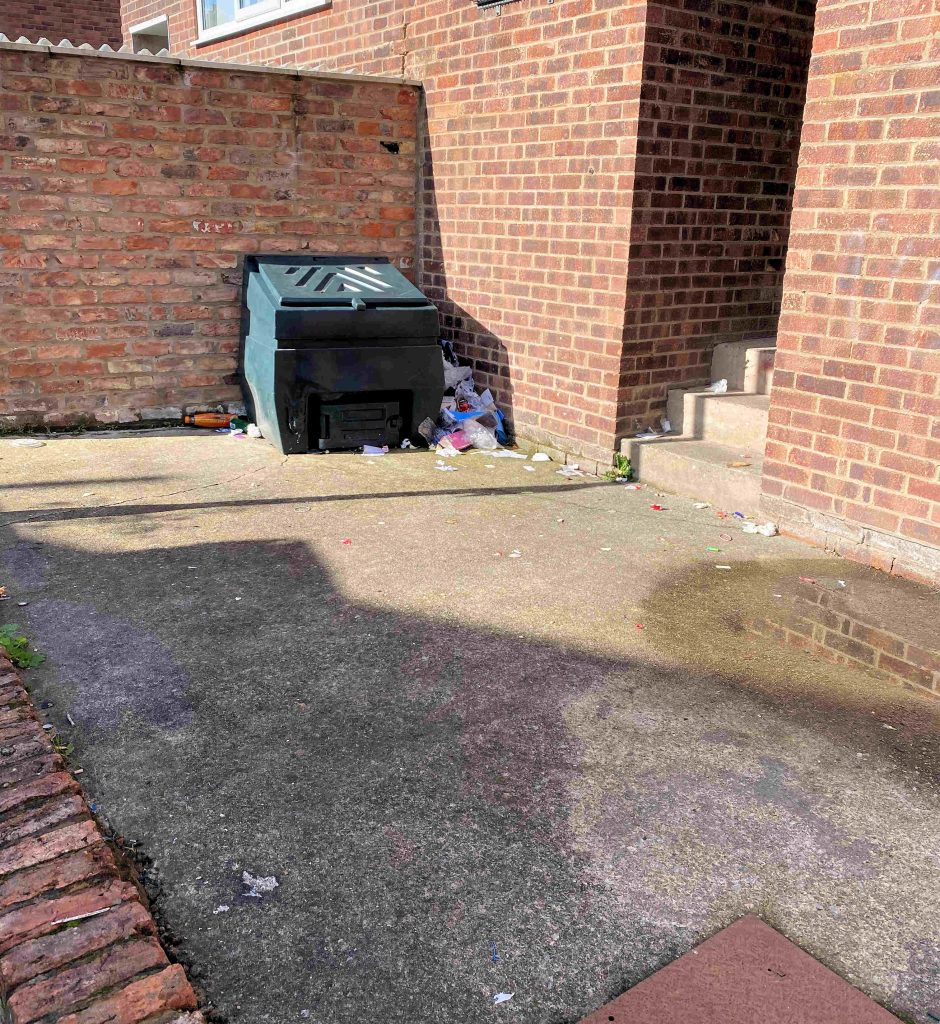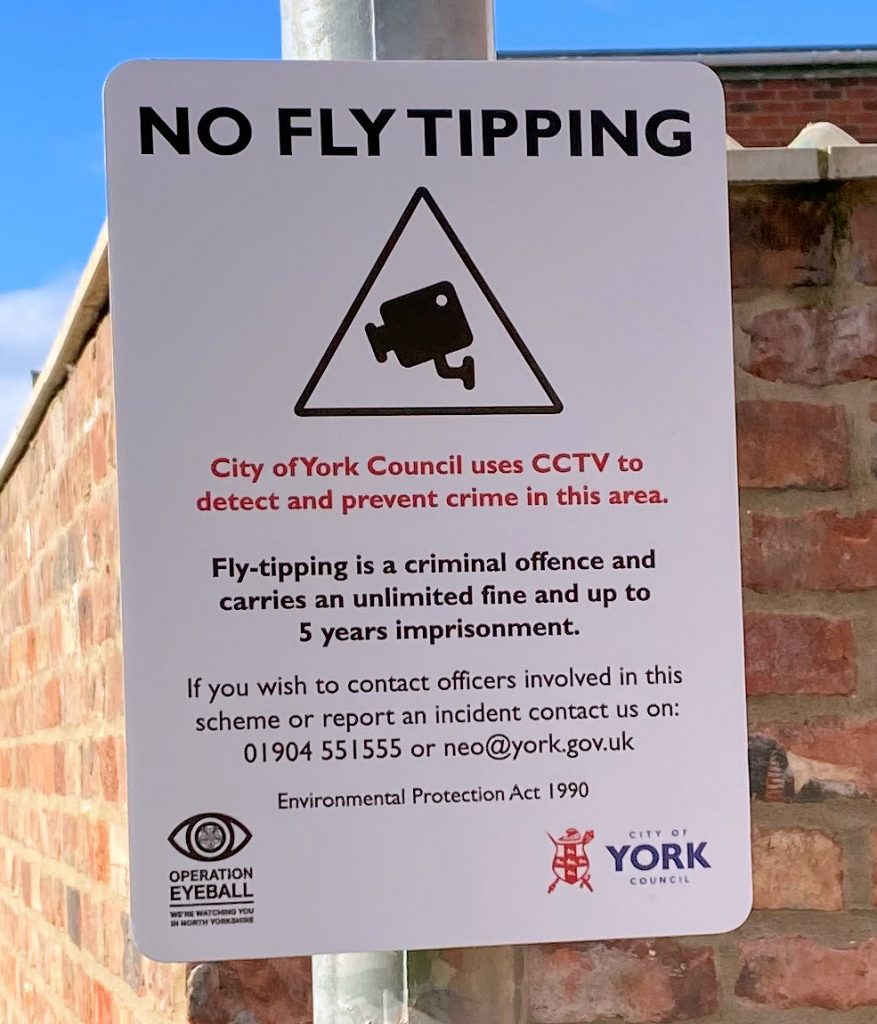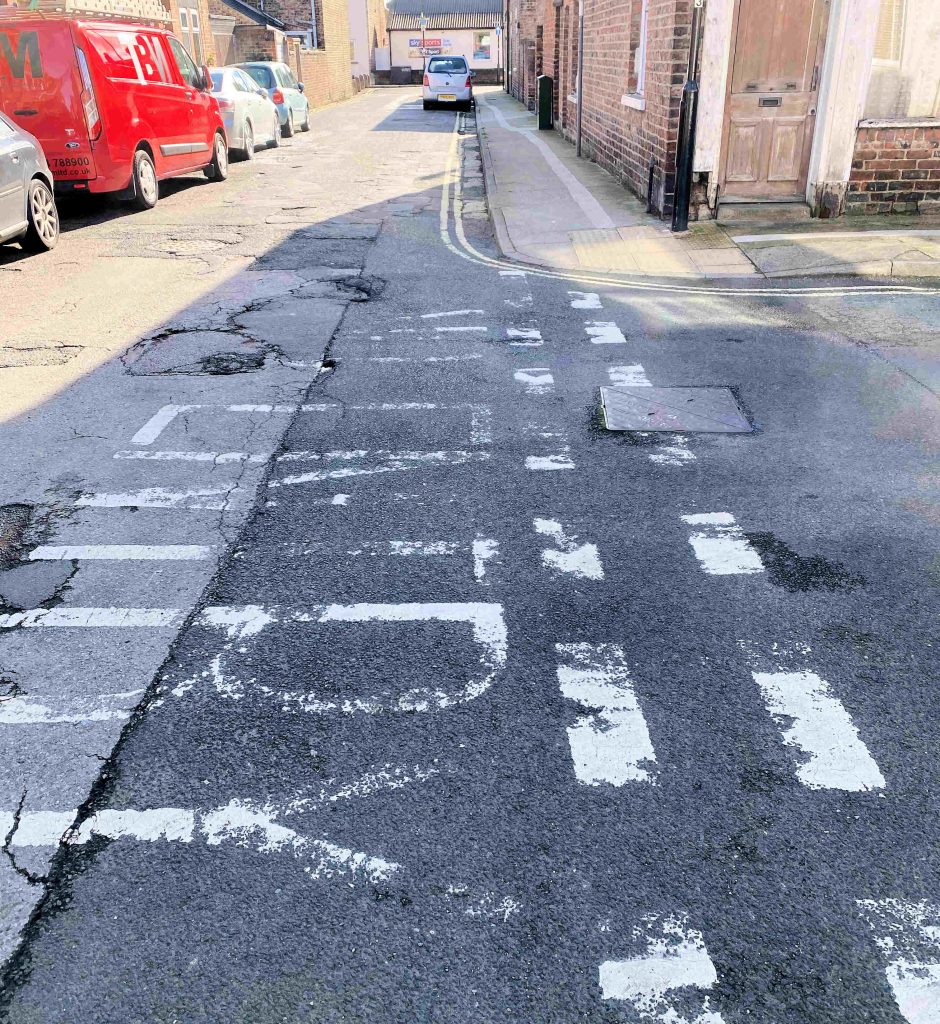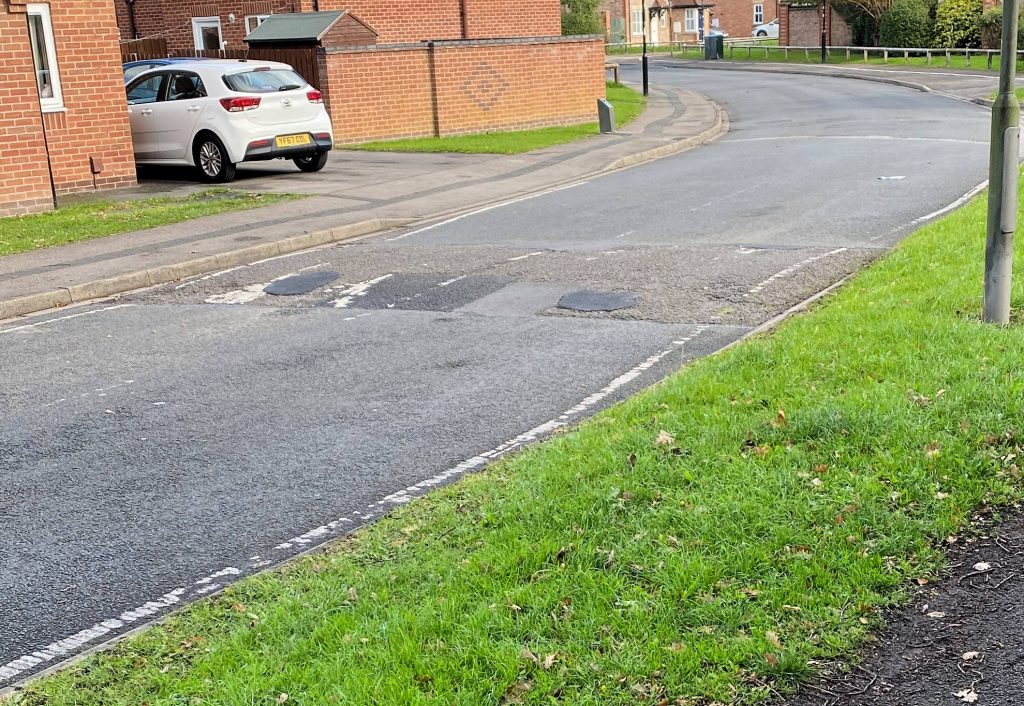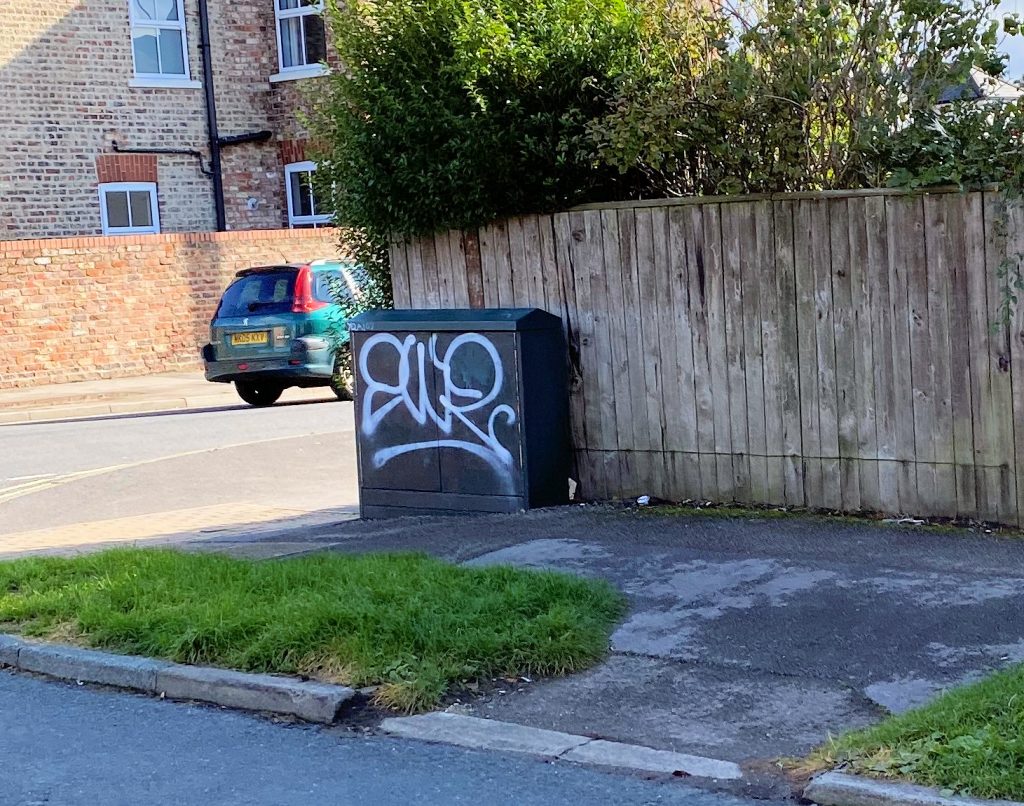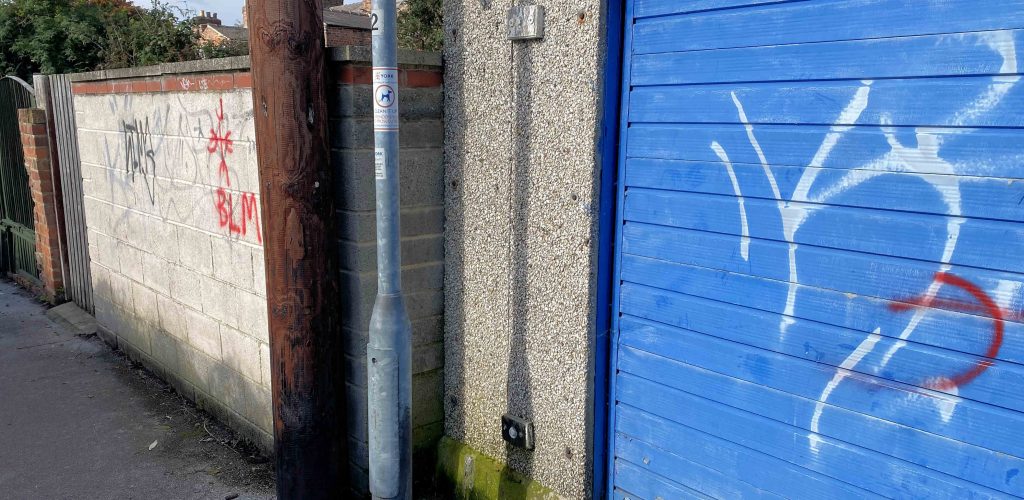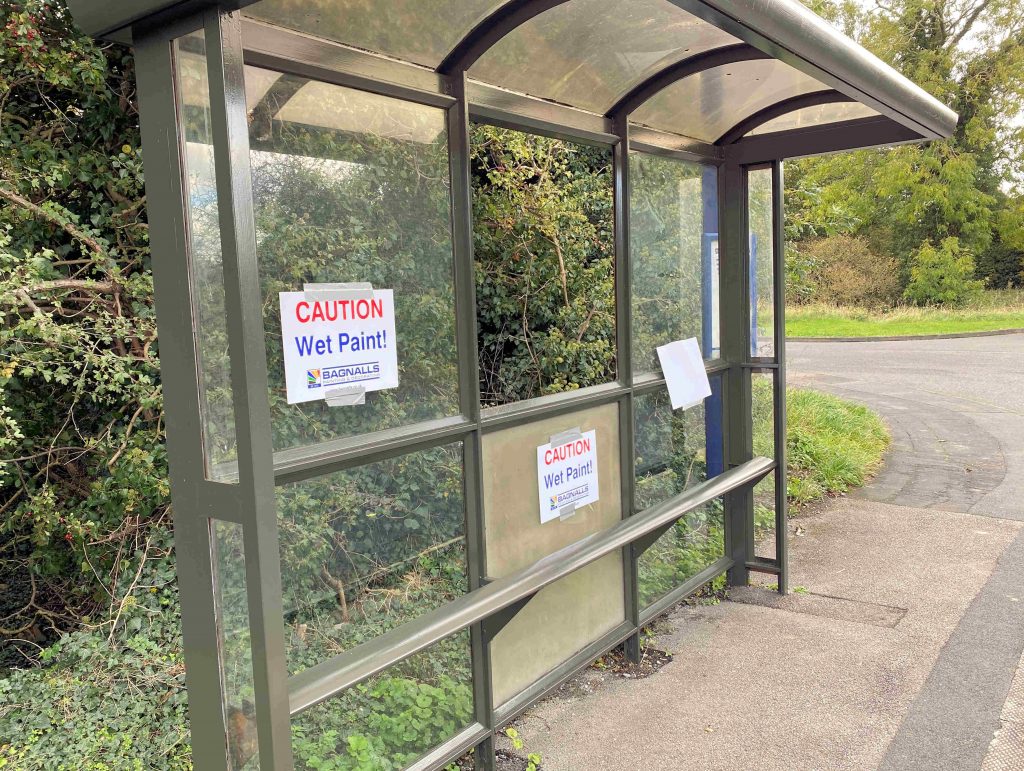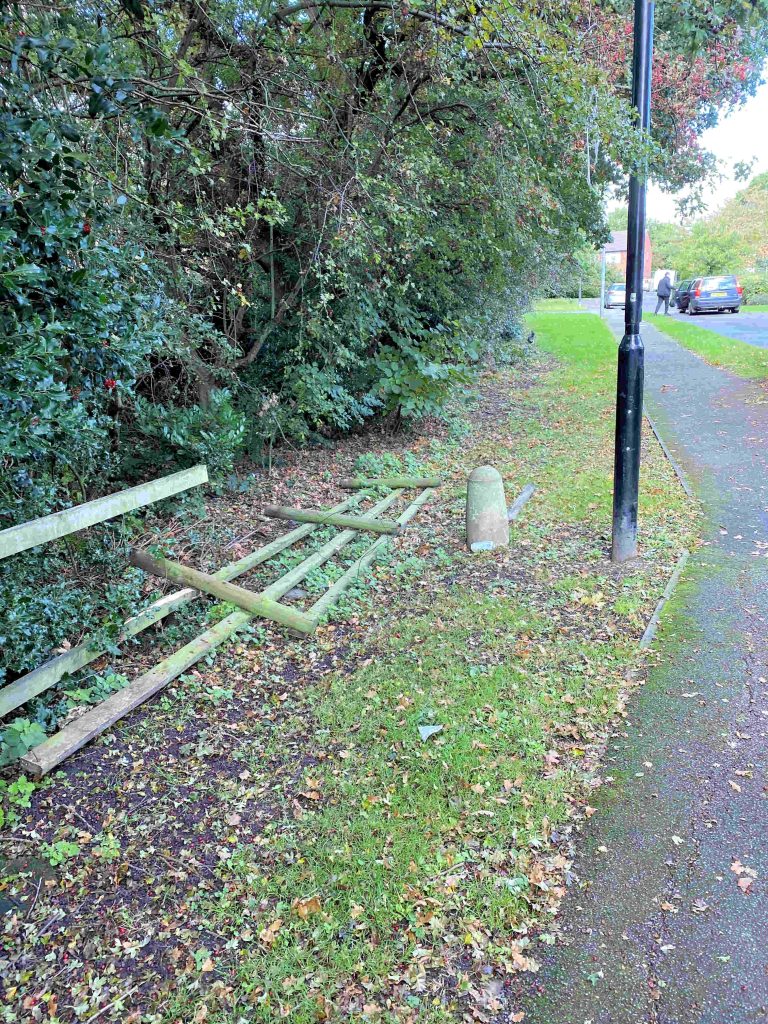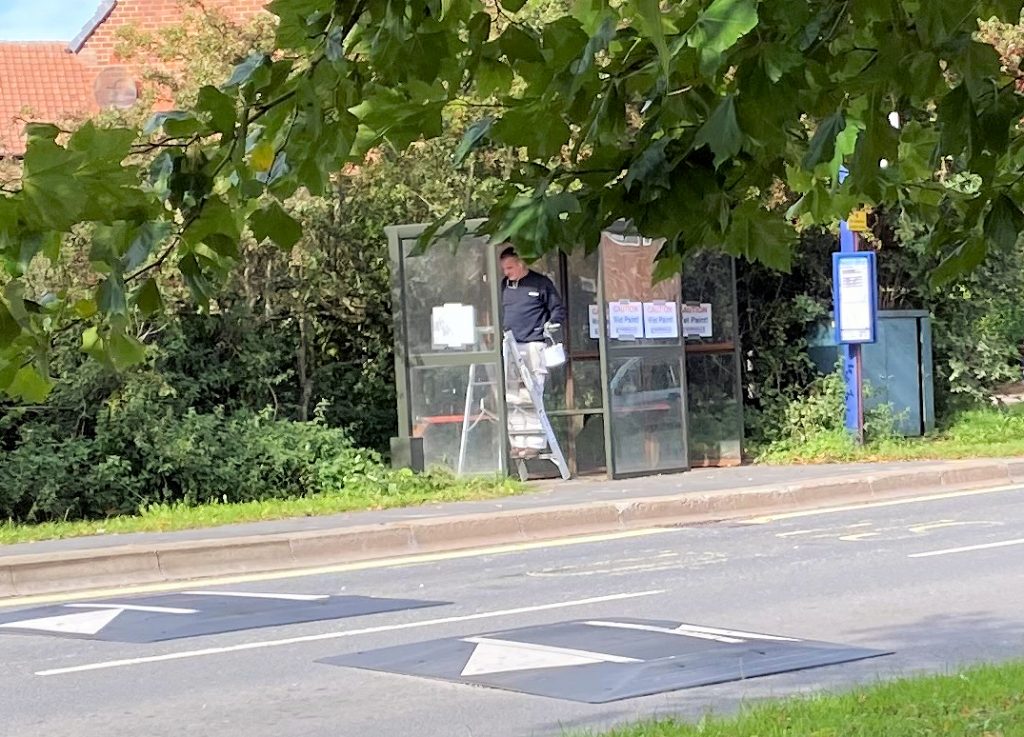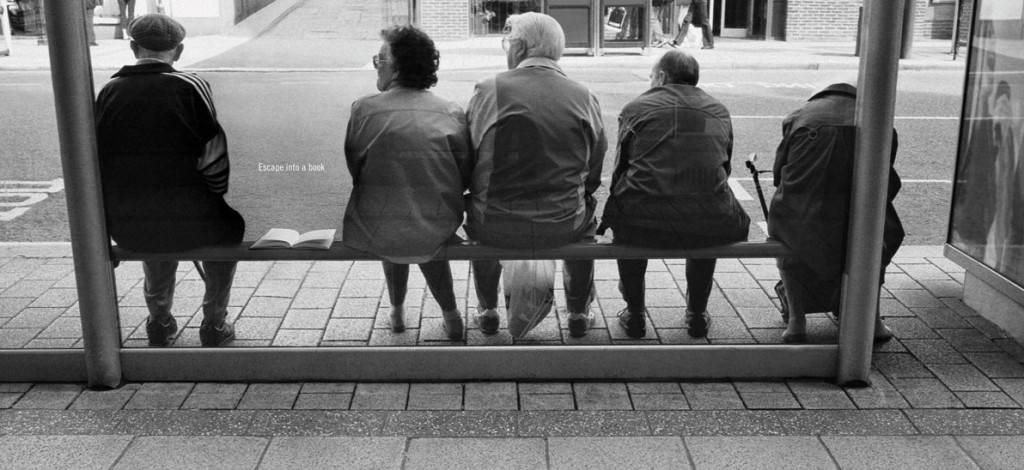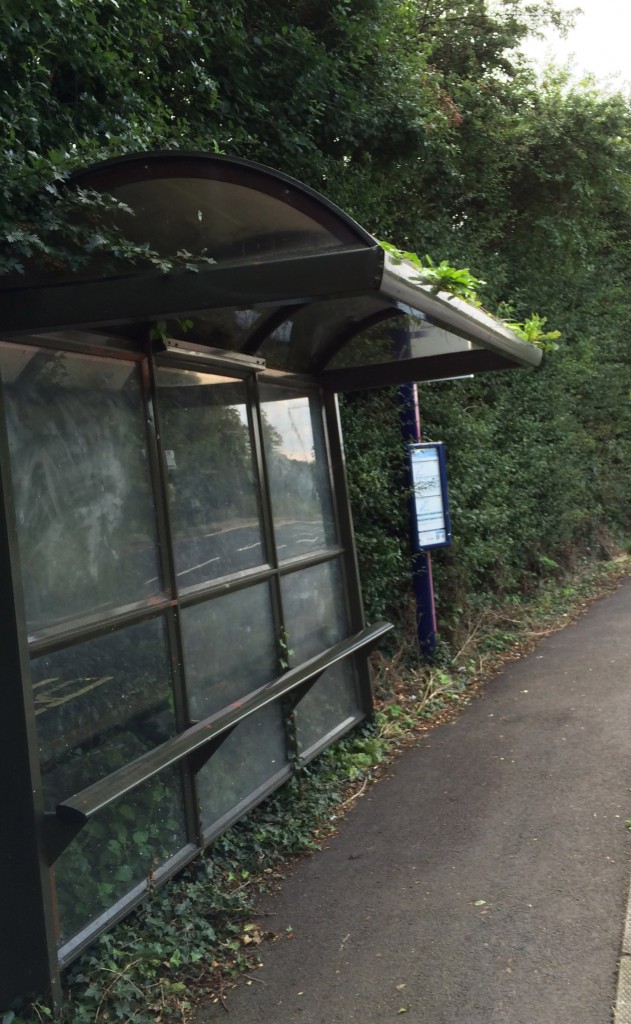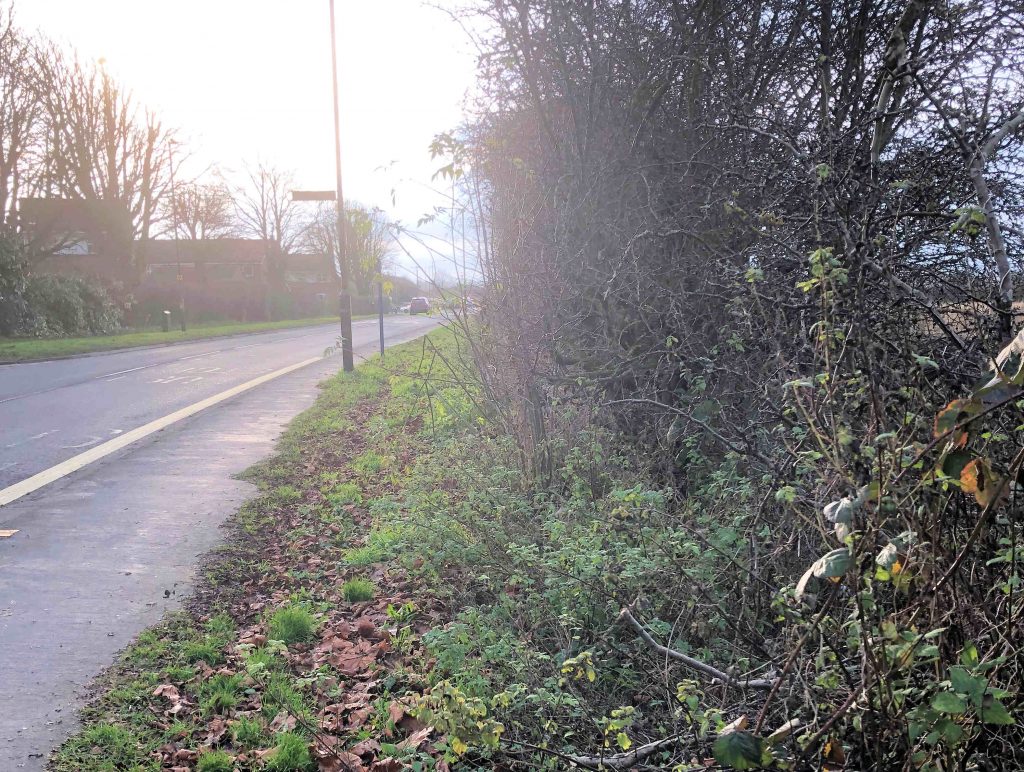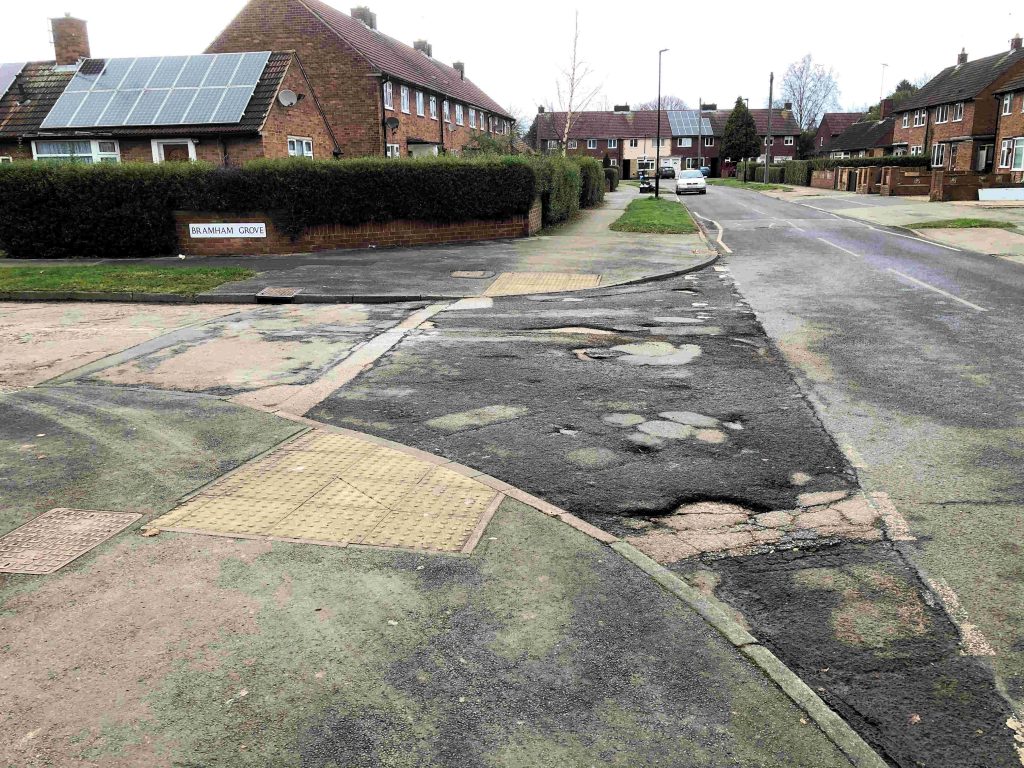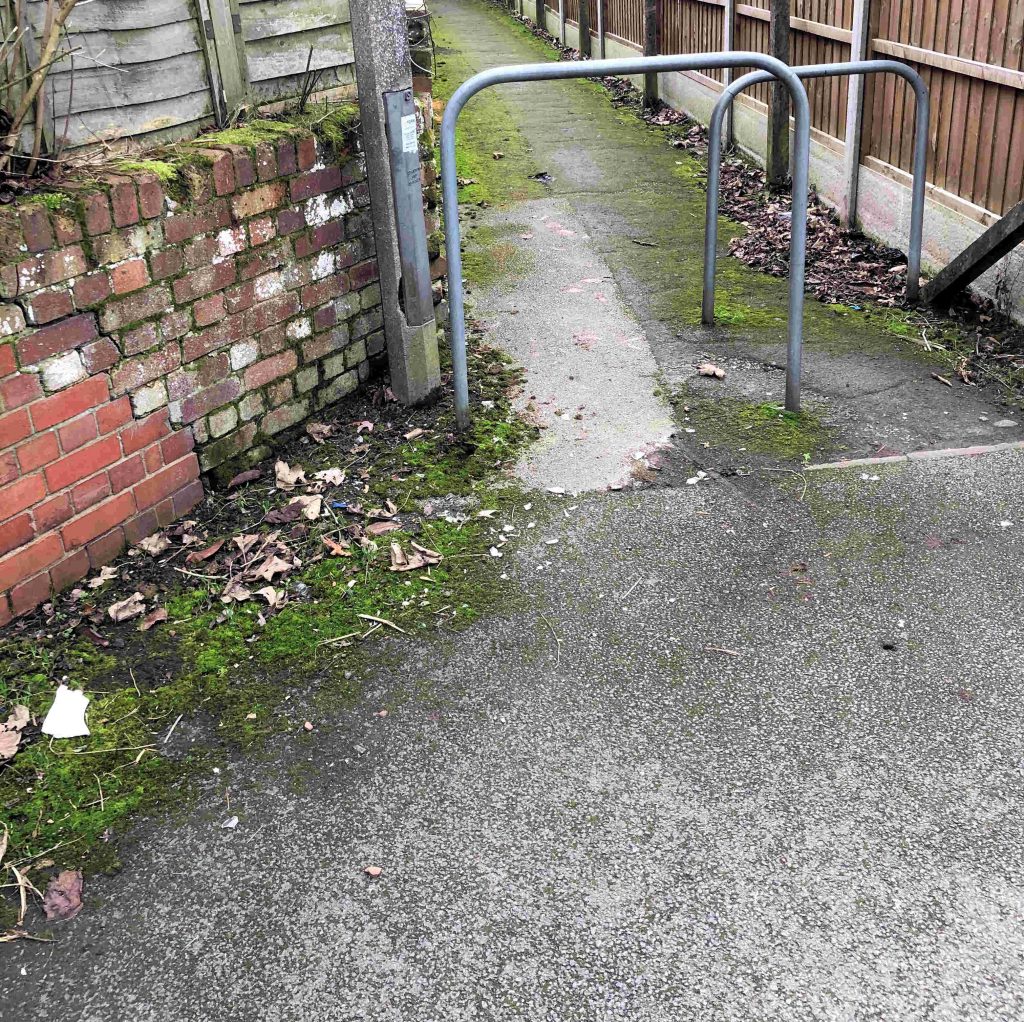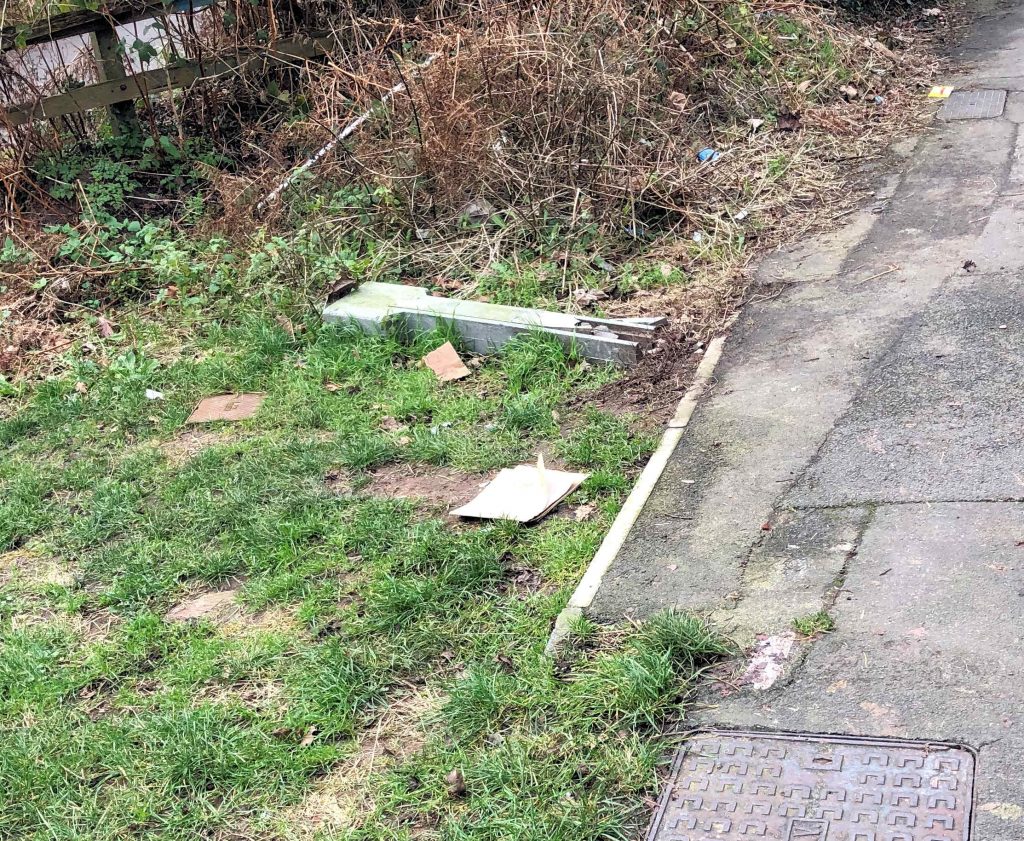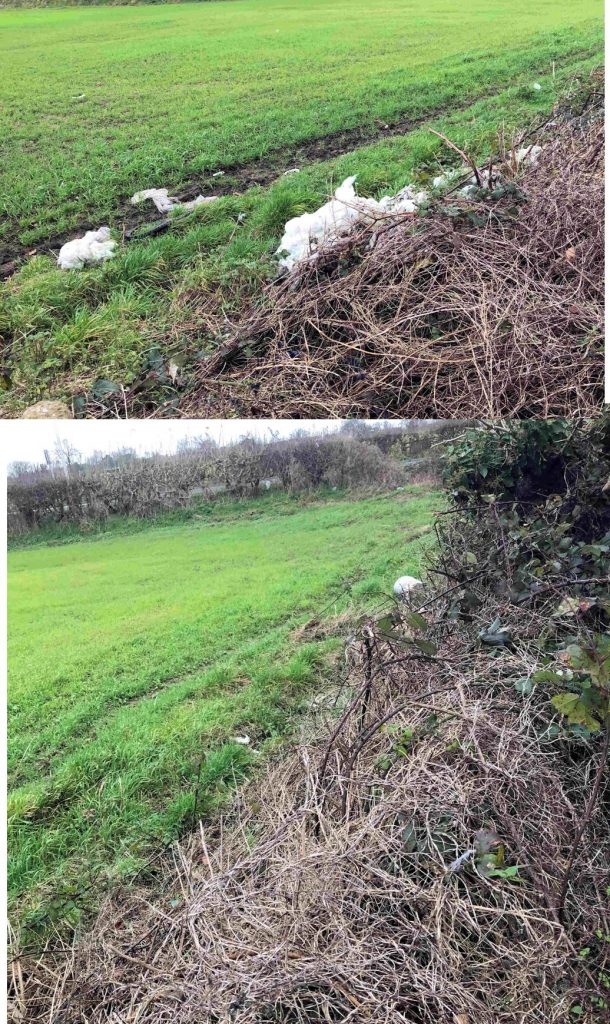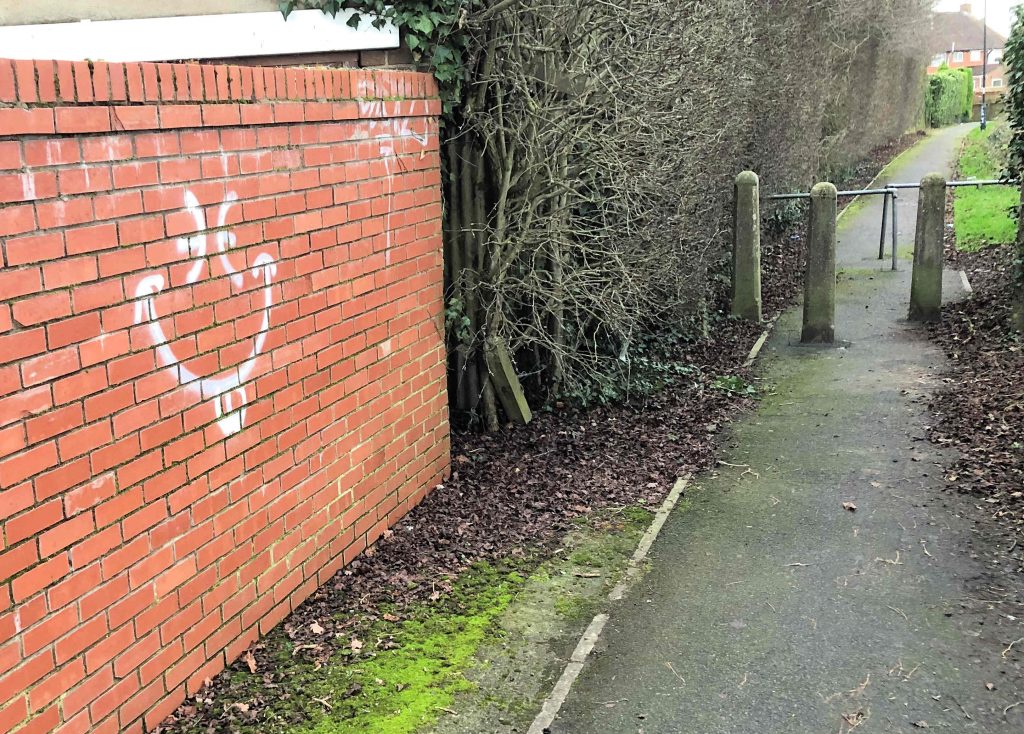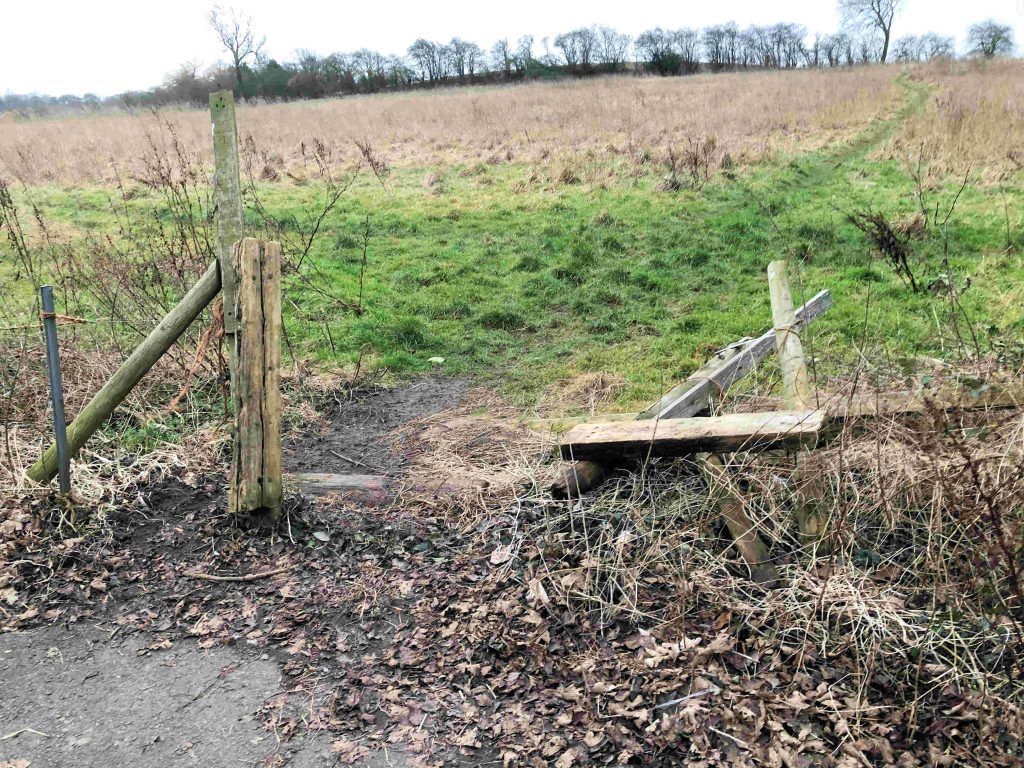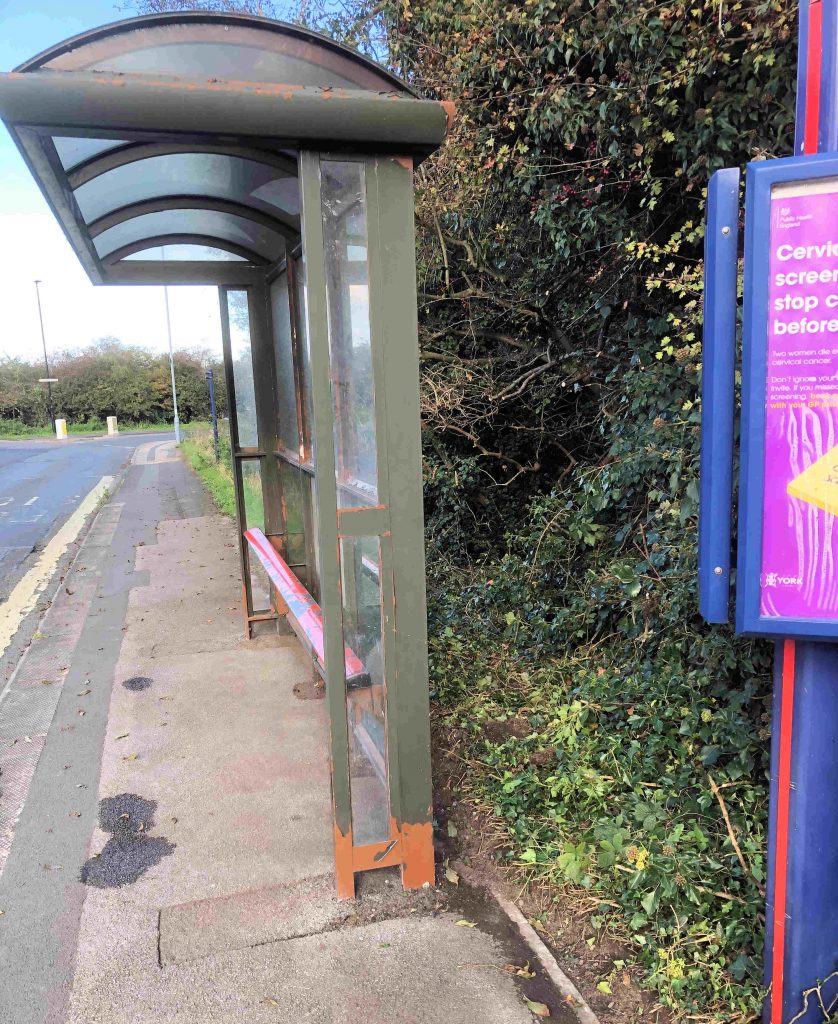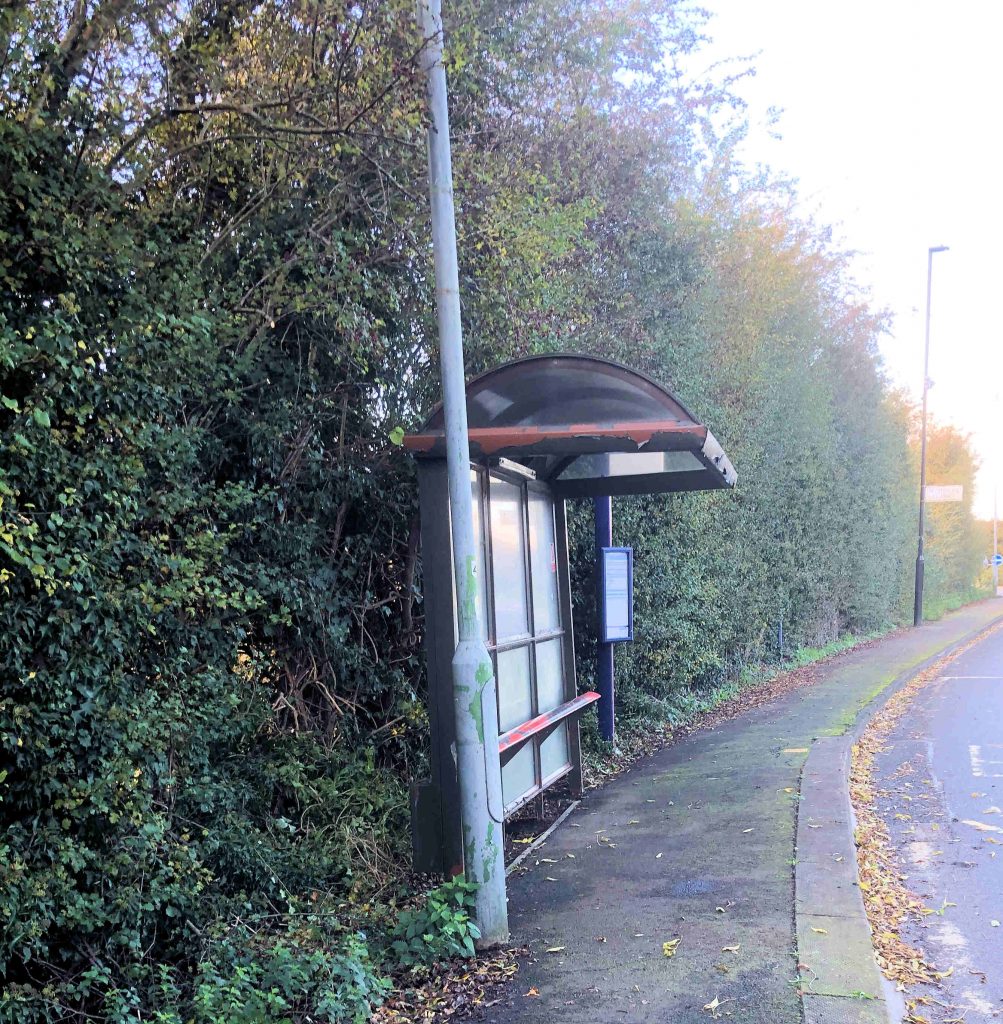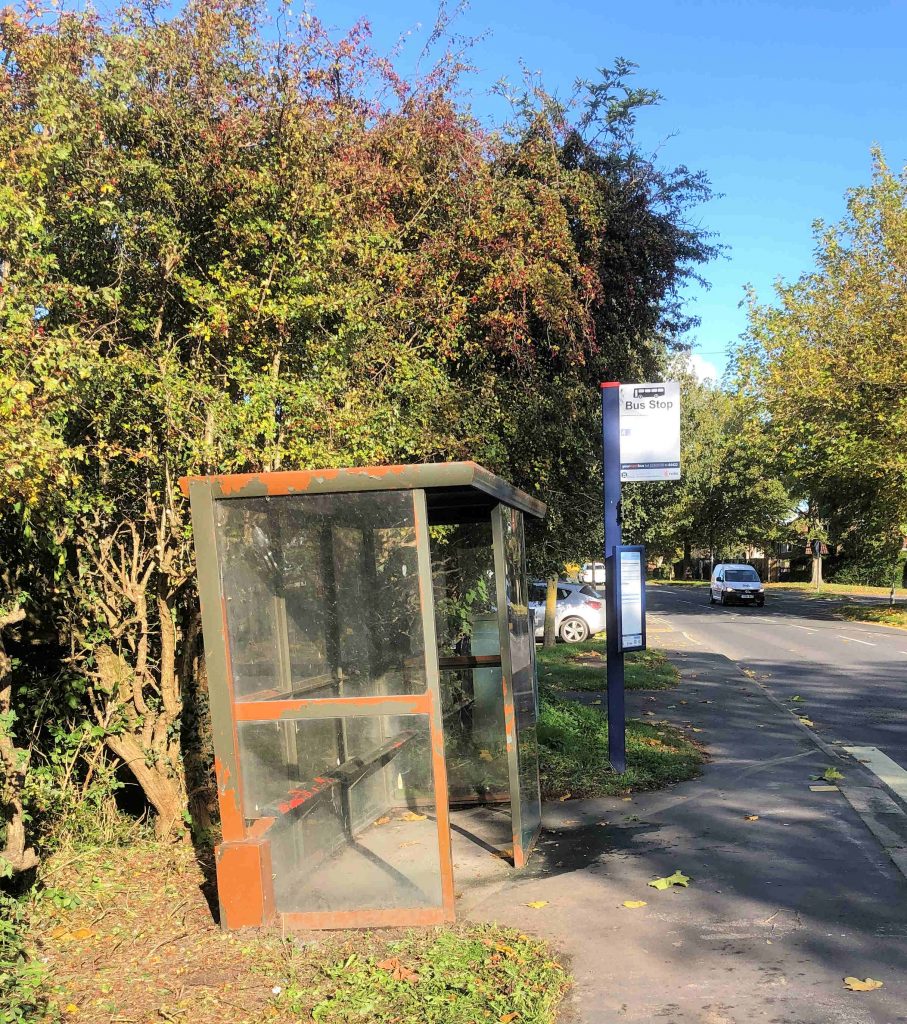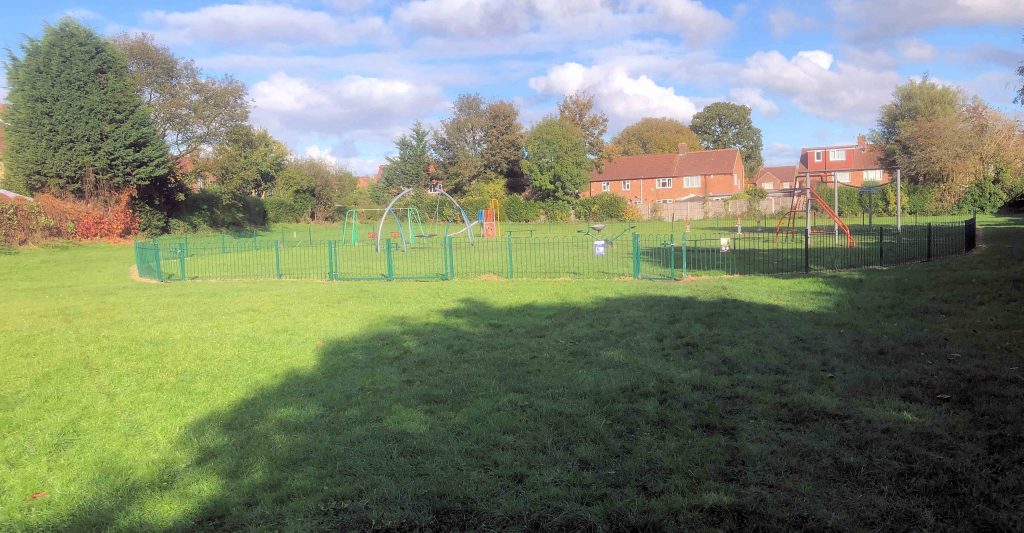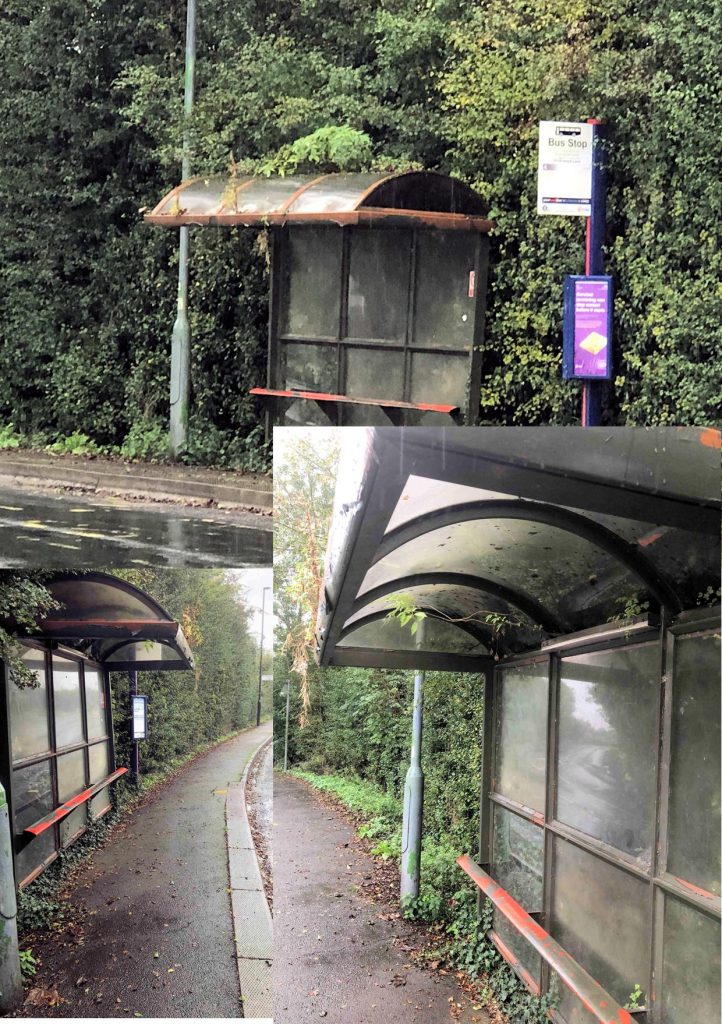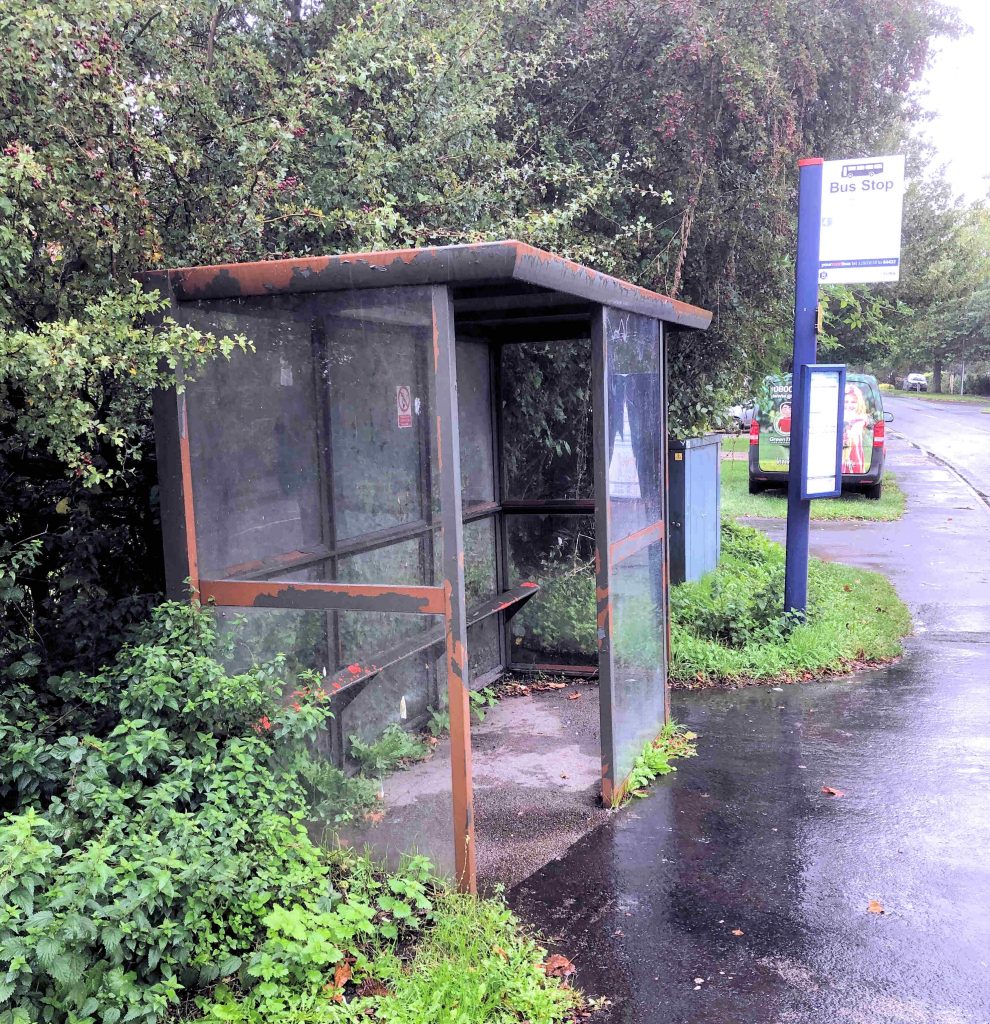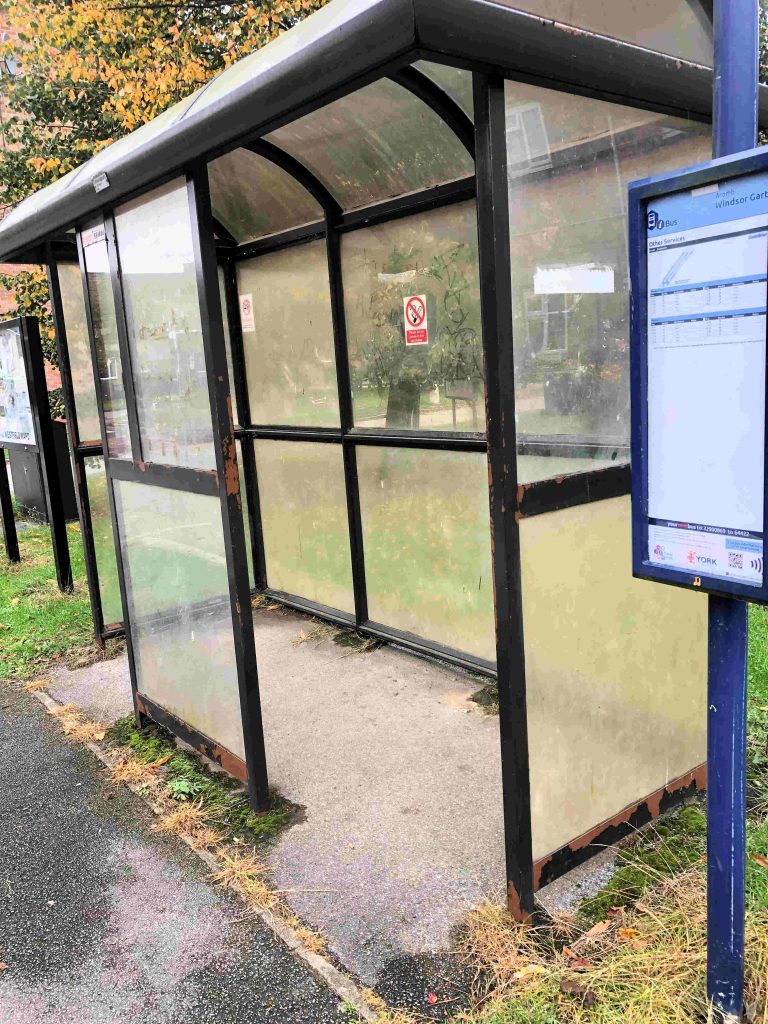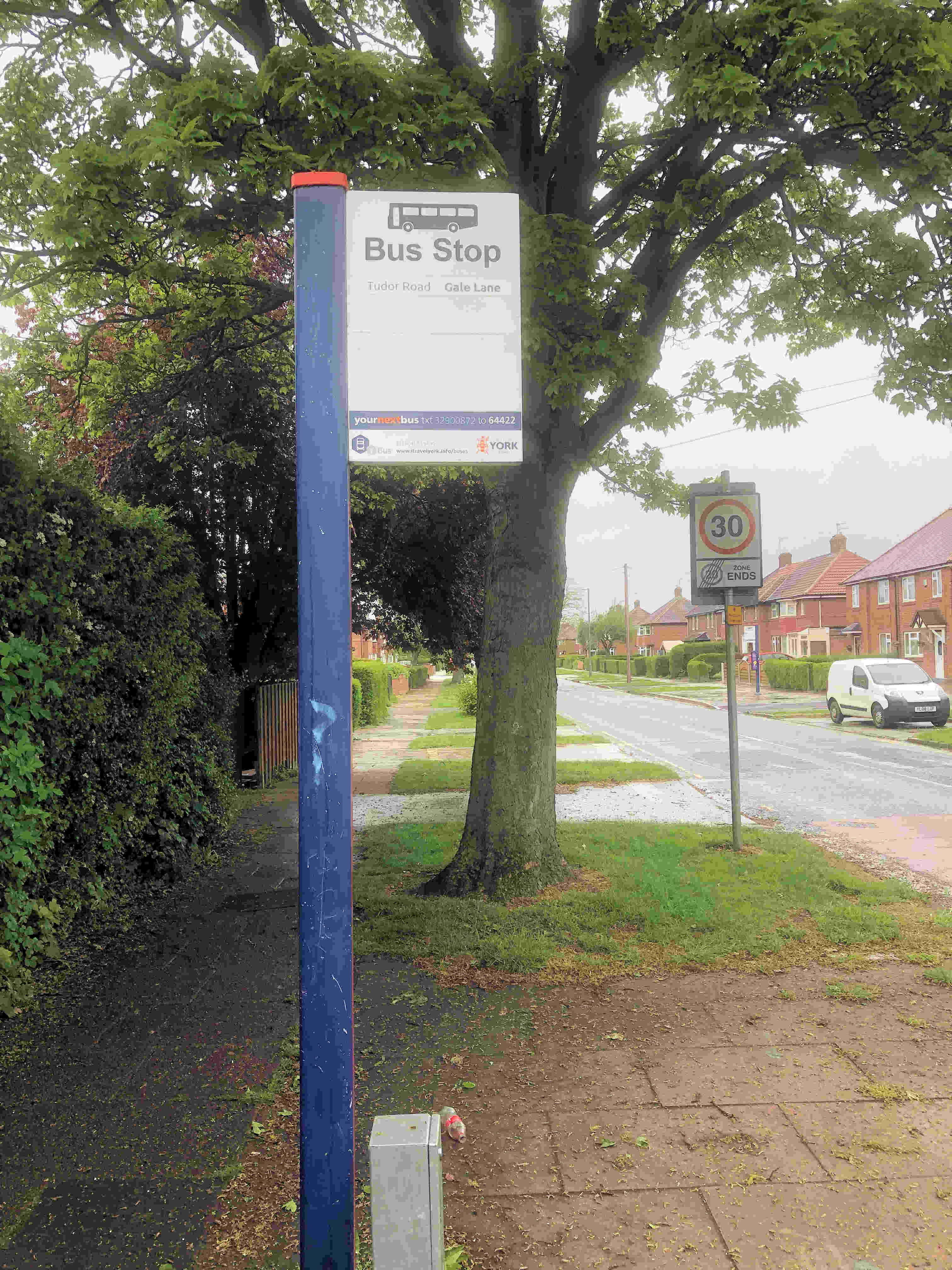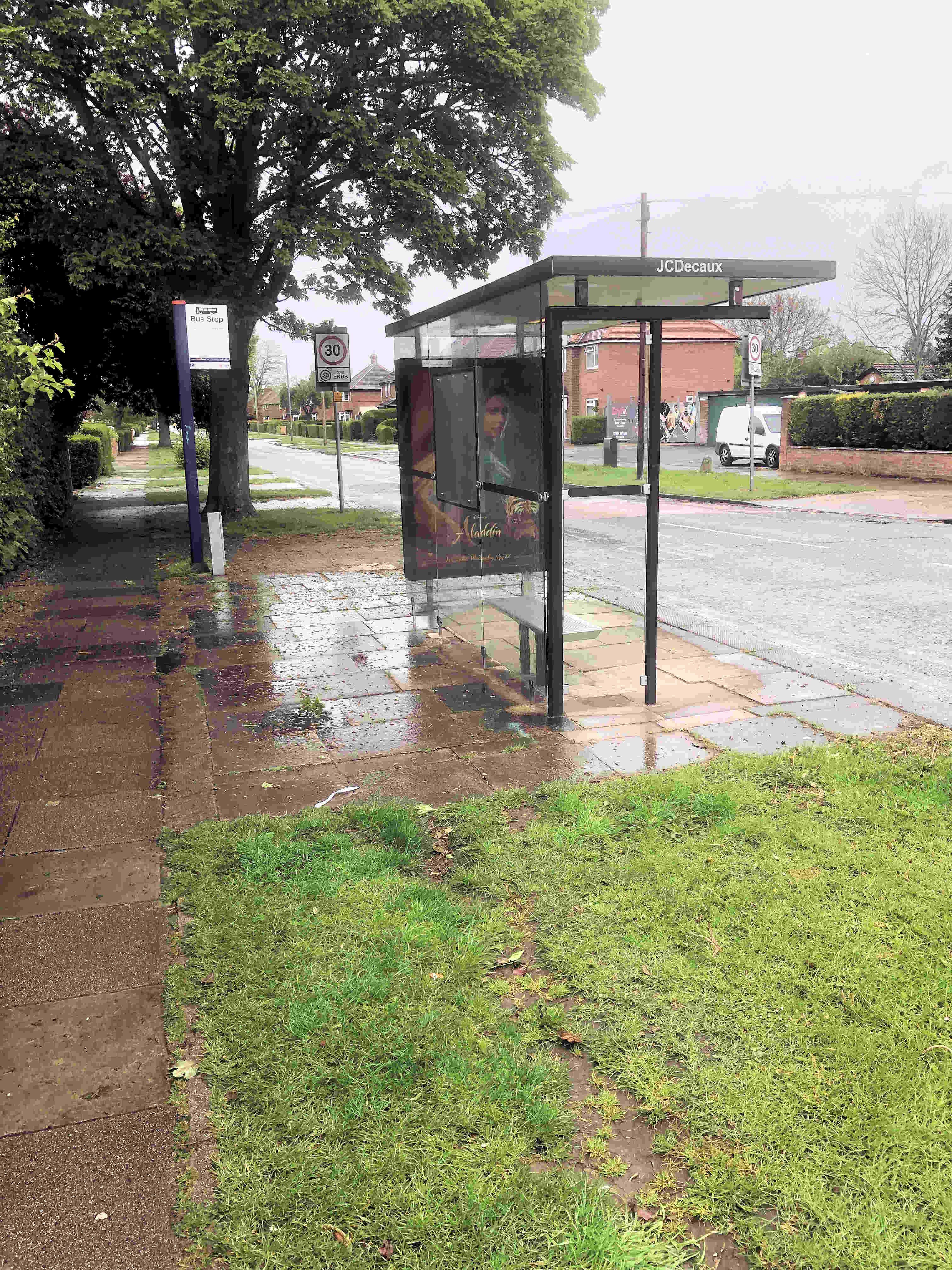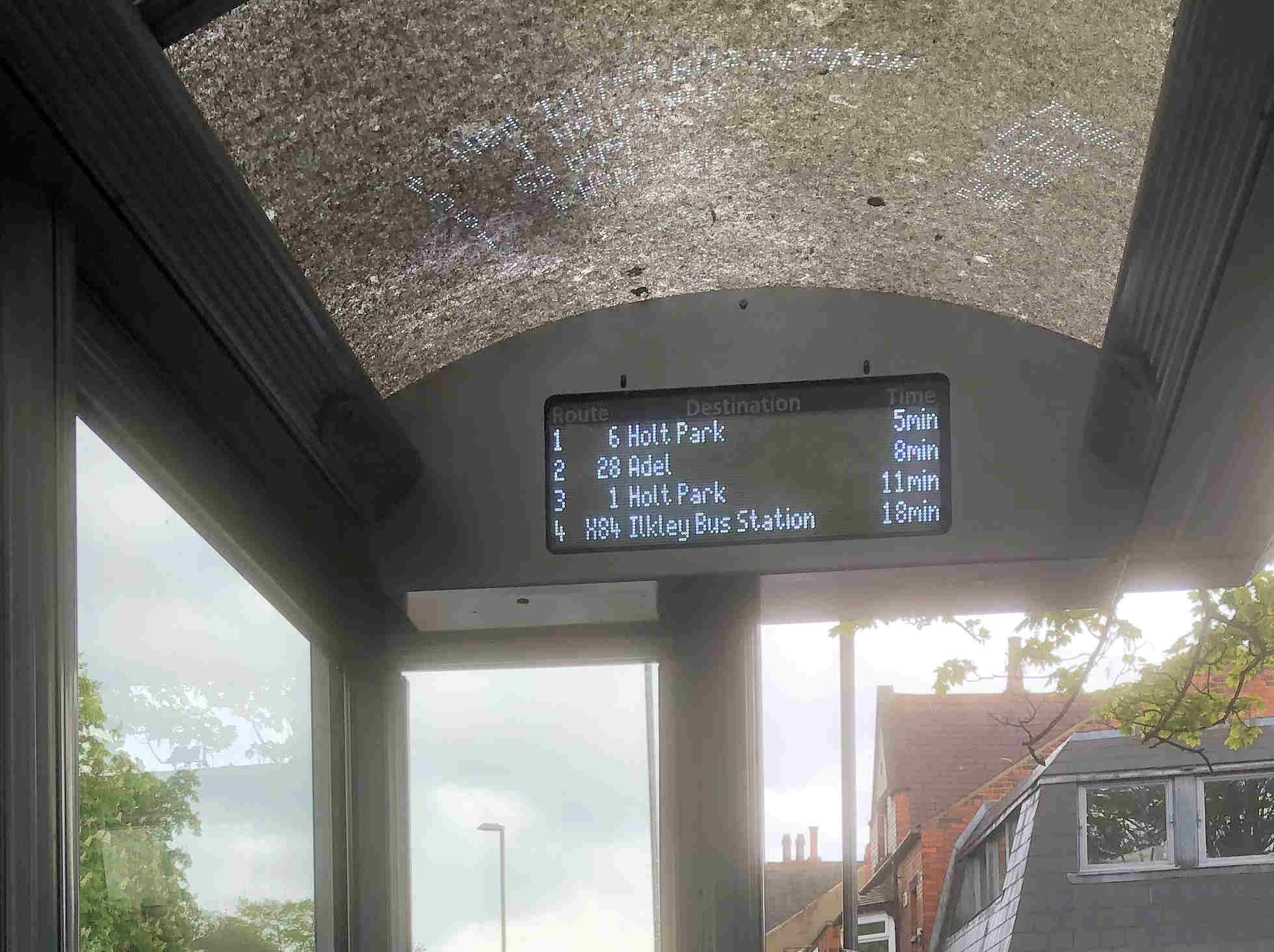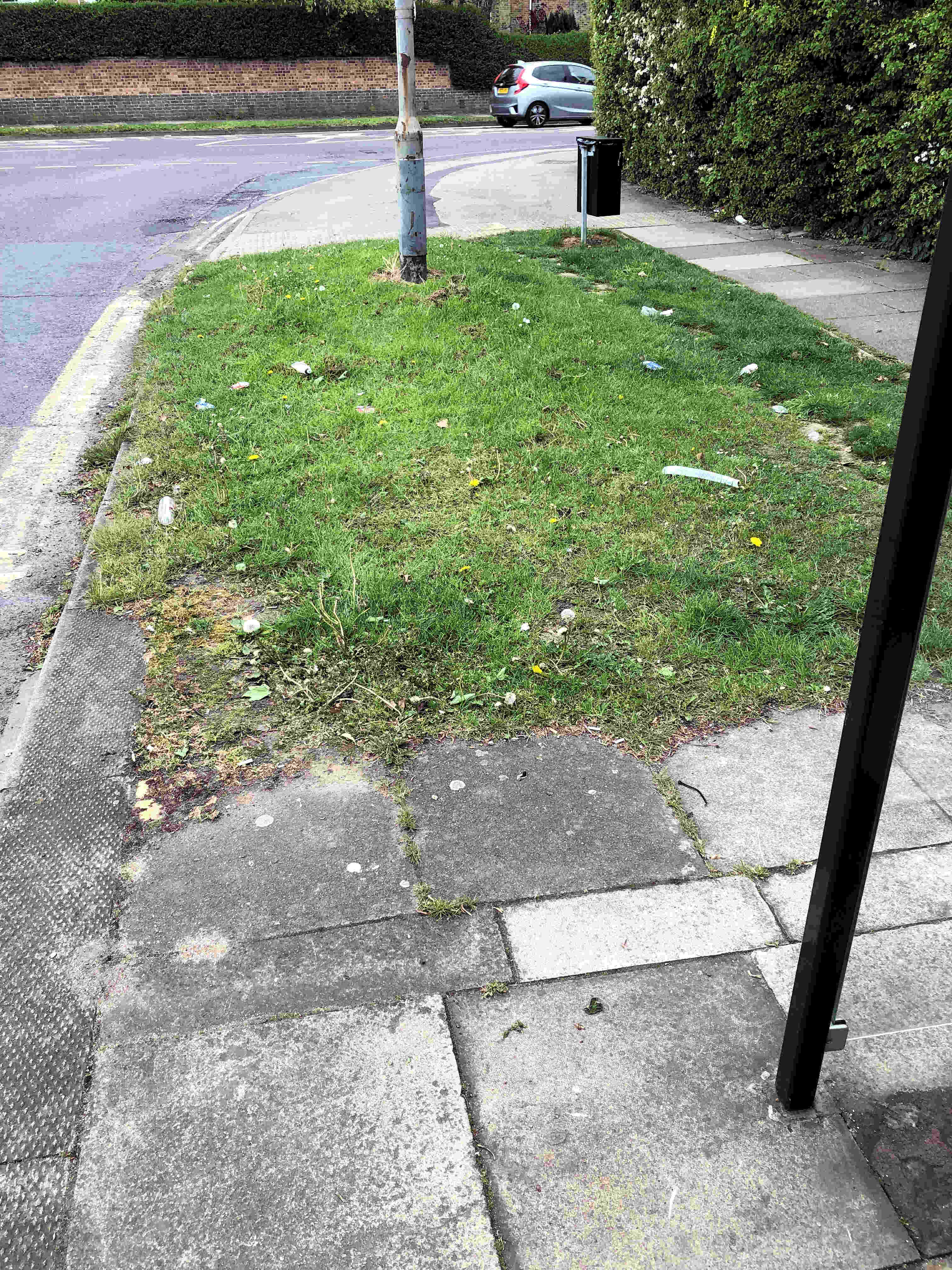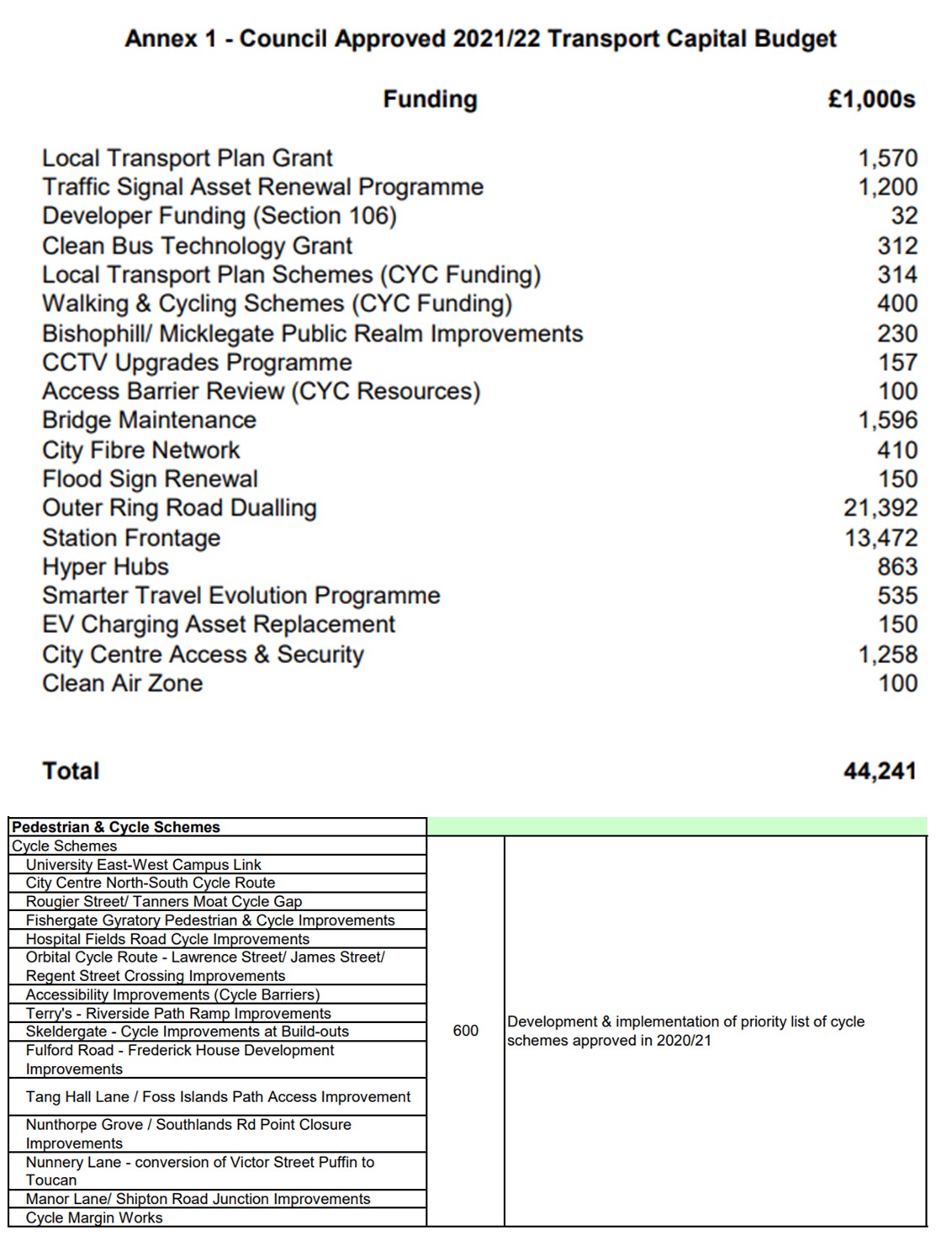
The Council has revealed its transport investment budget for the new financial year.
£44.2 million has been allocated to a range of improvements although the vast majority of the budget has been earmarked for dualling the outer ring road (£21.3 million) and improvements to the railway station frontage (£13.5 million). Neither of the schemes will be completed during the year as extensive preparatory works are required.
£1.2 million will be spent on the ongoing programme of modernising traffic signals (this will include replacing the Front Street pelican crossing along with lights at 8 other locations across the City).
Residents of the west of the City will be disappointed to see that their neighbourhood has been snubbed when allocations from the pedestrian and cycling budget have been made. Not for the first-time investment, is being focused on the central and eastern parts of the City.
A welcome, but very modest, allocation has been made for bus shelter replacement (£100k). Many of the council owned shelters are looking very tatty now with a belated repainting programme proving to be “too little, too late” and failing to bring about a lasting improvement.
Similarly, a £50,000 allocation for Public Rights of Way (PROW) structural repairs is long overdue. Sadly, the budget will barely make a dent in the backlog of work need to stiles, signage, and repairs to flooded sections of path.
All in all then, a mixed picture.
Hopefully the highway maintenance allocations – which have still not been publicised – will be targeted at repairing the worst roads and paths many of which are located in west York.
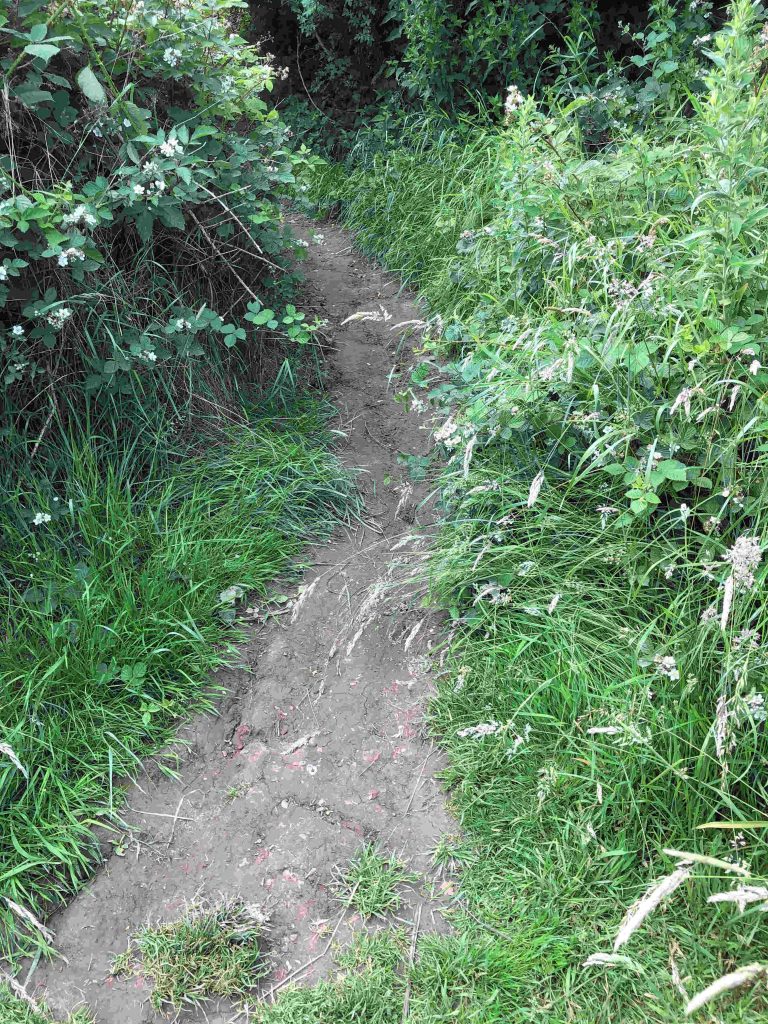
Too many PROWs are inaccessible 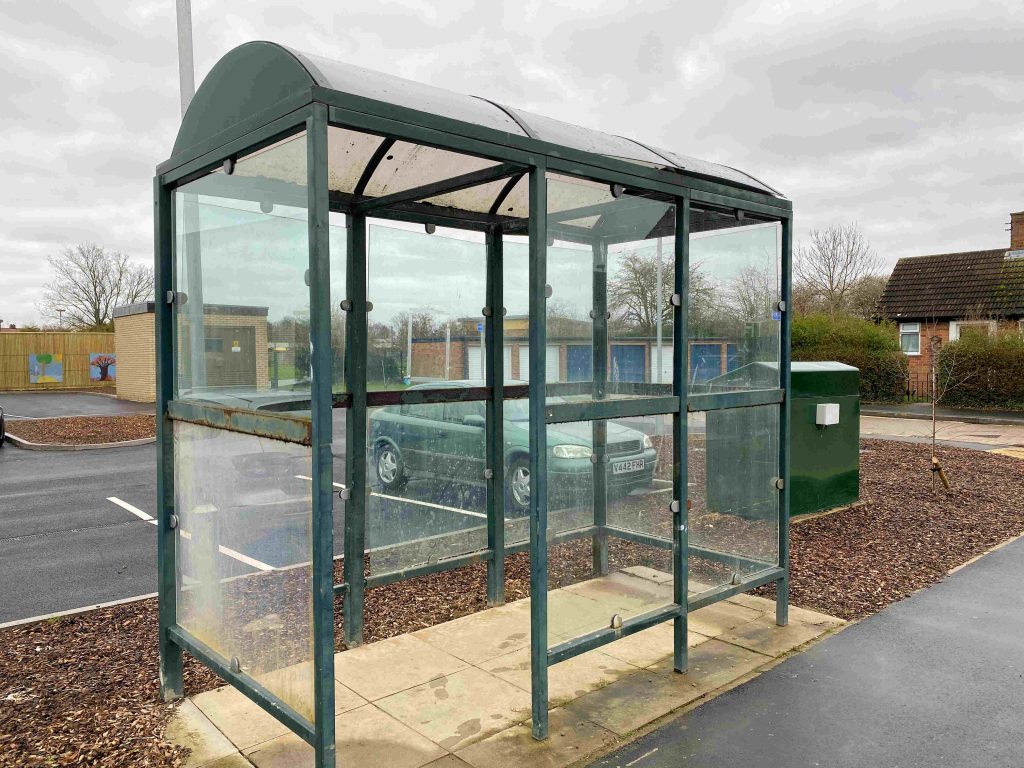
Bus shelters are in poor condition 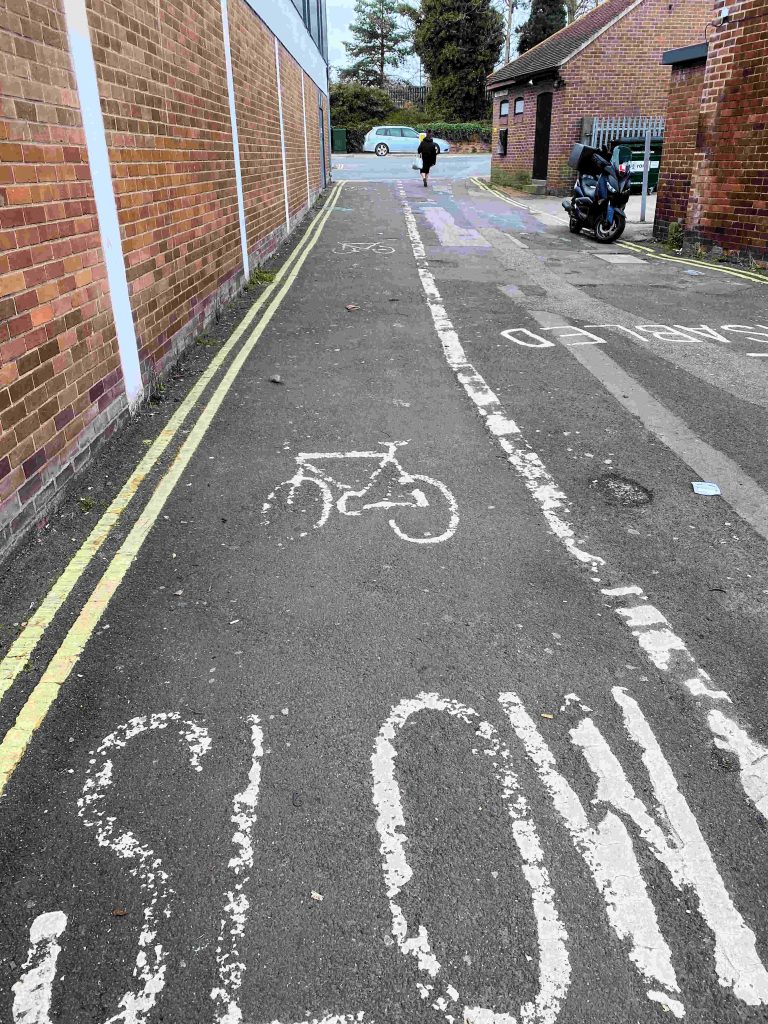
Cycle lanes are neglected

